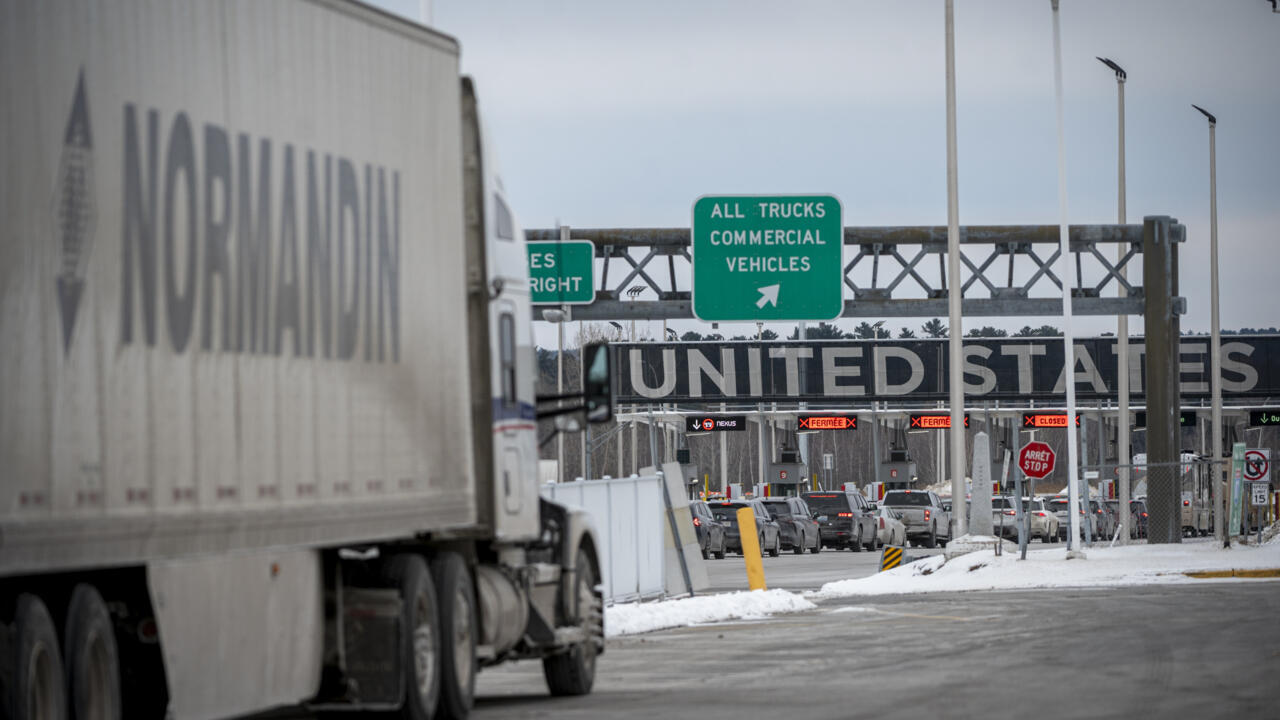“The two economies are extremely interconnected with over a trillion dollars in trade between the two countries,” he told AFP, pointing to their close proximity and “longstanding good relations” for how ties developed.
“For some sectors, it’ll be a little bit easier” to disentangle from the United States, Gillezeau said.
For others, “it’s going to be a mess,” he added. “You can’t just snap your fingers and take that integrated industry and have it work with someone else or have it become fully domestic… There is no quick fix.”
The food industry is a case in point.
“We’ve frozen our purchases of some American goods and we’re looking elsewhere for alternatives,” explains Mike Bono of Can-Am Food Services.
But it is not possible for the company — which is one of the largest distributors of fruits and vegetables in Quebec and Ontario with nearly 3,000 customers including restaurants and hotels — to find substitutes for all of its American offerings.
Interprovincial trade barriers
The removal of interprovincial trade barriers was flagged in a report as a way to boost Canada’s economy as far back as 1940.
Ottawa led efforts to dismantle them in 2017 but hundreds of exceptions were kept in an agreement signed by the provinces.
Removing these barriers would improve productivity and increase Canadian GDP, but “would take a level of effort and coordination that we rarely see in the federation,” Gillezeau said.
Internal Trade Minister Anita Anand, who wants to see these barriers abolished as soon as possible, believes that “in the face of Donald Trump’s repeated threats, we must choose Canada.”
She explained that removing the barriers — such as alcohol sales restrictions, different labelling rules, varying professional licensing certifications, and independent dairy marketing boards in each province — could lower prices by 15 percent, boost productivity and inject up to Can$200 billion into the economy.
Some are also calling for east-west oil and gas pipeline projects to be revived in order to lessen dependency on US infrastructure. Oil from western Alberta, for example, is currently shipped via a pipeline that dips into the United States before emerging in Ontario.
© 2025 AFP






